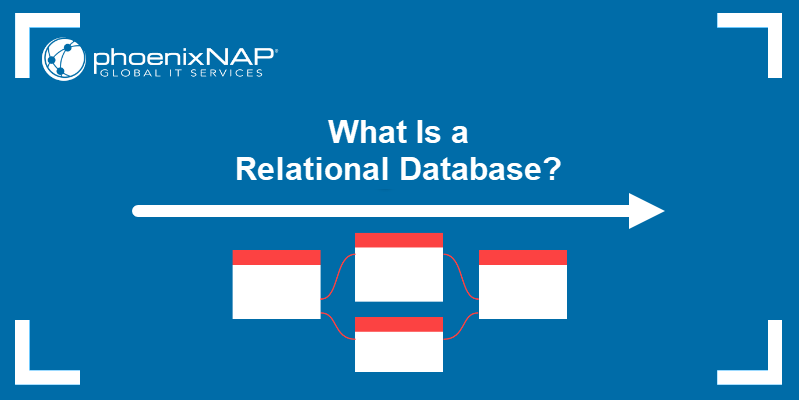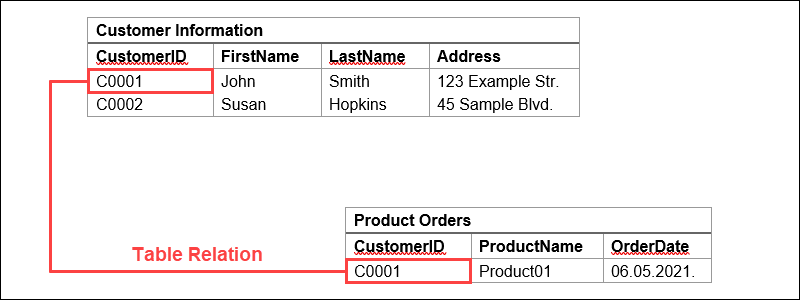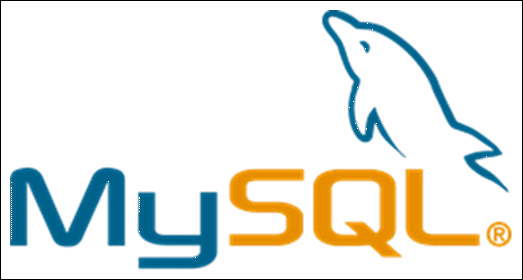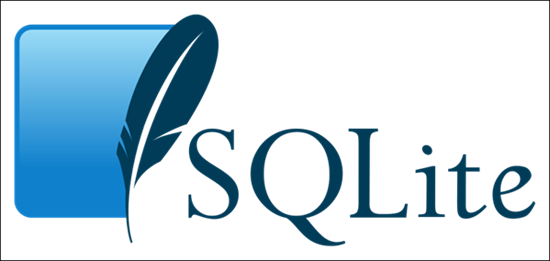A Review of the Database (Tables Fields Relations and Records)
Introduction
With so many options available, information technology can exist challenging to choose a database solution that perfectly fits your needs. When it comes to database types, one popular option is a relational database.
In this article, nosotros will cover the structure of relational databases, how they piece of work, and the advantages and disadvantages of using them. We volition also use examples to illustrate how relational databases organize data.

Relational Database Definition
A relational database is a type of database that focuses on the relation between stored data elements. Information technology allows users to establish links betwixt dissimilar sets of data inside the database and employ these links to manage and reference related data.
Many relational databases use SQL (Structured Query Language) to perform queries and maintain data.
Relational vs Non-Relational Databases
Relational databases focus on relations between data. Hence, relations database need to store data in a highly structured mode. This enables faster indexing and query response times and makes the data more secure and consistent.
On the other manus, NoSQL databases don't need to rely on structure as much, which allows them to store large amounts of data, remain flexible, and easily calibration storage and performance.
How Is Information in a Relational Database Arrangement Organized?
Relational database systems use a model that organizes data into tables of rows (also called records or tuples ) and columns (also called attributes or fields ). Generally, columns represent categories of data, while rows represent private instances.
Let'southward apply a digital storefront as an case. Our database might have a tabular array containing customer information, with columns representing customer names or addresses, while each row contains data for ane individual client.

These tables can exist linked or related using keys. Each row in a tabular array is identified using a unique key, chosen a master key. This principal cardinal can exist added to another table, becoming a foreign key. The primary/strange fundamental relationship forms the basis of the way relational databases work.
Returning to our example, if nosotros have a table representing product orders, 1 of the columns might contain customer information. Here, we tin import a primary fundamental that links to a row with the information for a specific customer.

This way, we tin reference the information or duplicate data from the customer information table. It also ways that these two tables are now related.
Note: If you lot are new to databases, our post What Is A Database is a skillful starting point to learn everything you need to know.
Relational Database Examples
Now that we've covered how they work, here are some of the well-nigh popular examples of relational databases:
MySQL

MySQL was developed as an open-source management system for relational databases until it was caused past Sun Microsystems (now Oracle Corporation). It is nevertheless available nether an open-source license, with the addition of different proprietary licenses.
MySQL features born replication support with Acid compliance, shared-zero clustering, and supports multiple storage engines. All the same, using some storage engines tin cause SQL non to piece of work properly.
MySQL excels at fast information input and scalability while maintaining high availability and performance. This makes it extremely useful for web and application evolution.
PostgreSQL

PostgreSQL is a gratis relational database manager available under an open-source license. It shares some features with MySQL, with the notable improver of MVCC (multi-version concurrency control), making it Acid compliant.
PostgreSQL retains a high level of operation and flexibility, even when handling big databases. It'due south the correct option for users that need loftier read/write speeds and extensive data assay.
Some notable users of PostgreSQL include Reddit, Skype, and Instagram.
MariaDB

MariaDB started as a customs-driven fork of MySQL after the latter was purchased by Oracle. It is still open-source, bachelor under the GNU General Public License.
MariaDB builds upon the MySQL base past adding support for even more than storage engines and fixing storage engine limitations. This allows it to perform even faster than MySQL and run both SQL and NoSQL in a unmarried database.
Notable MariaDB users include Google, Mozilla, and the Wikimedia Foundation.
SQLite

Different other entries on this list, SQLite is not a client-server database managing director but rather embedded into the end application. This makes it lightweight and able to work with a wide assortment of systems and platforms.
It also causes some limitations, equally SQLite only partially provides triggers, has a limited ALTER Table function, and cannot write to views. It also limits the maximum size of the database to 32,000 columns and 140 TB.
SQLite is, therefore, best used every bit a database component for other applications. Notable uses include popular browsers, such as Google Chrome, Mozilla Firefox, Opera, and Safari.
What Is Relational Database Direction Organisation?
A database management organization (DBMS) is a software solution that helps users view, query, and manage databases.
Relational database direction systems (RDBMS) are a more advanced subset of DBMS, treatment relational databases.
DBMS vs RDBMS
Here are some of the differences between more full general DBMS solutions and RDBMS:
| DBMS | RDBMS |
| Stores smaller amounts of data equally files, with no relations. | Stores large amounts of information as tables that are related to each other. |
| Can only admission one data chemical element at a time. | Can admission multiple information elements at the same time. |
| Working with large amounts of data makes fetching slower. | Relational arroyo allows data fetching to remain fast even for large databases. |
| No database normalization. | Allows database normalization. |
| Does non support distributed databases. | Supports distributed databases. |
| Supports a single user. | Supports multiple users. |
| Lower security level. | Multiple security levels. |
| Low software and hardware requirements. | High software and hardware requirements. |
Relational Database Advantages and Disadvantages
Similar any other database model, there are advantages and disadvantages to using relational databases:
Advantages
Since relational databases use tables of rows and columns, they display data more but than some other database types, making them easier to utilize.
This tabular structure shifts the focus to handling data, which allows faster functioning and the use of circuitous, high-level queries.
Finally, relational databases make information technology easy to calibration data by merely calculation rows, columns, or unabridged tables without changing the overall database construction.
Disadvantages
There are limits to how well relational databases can calibration. In terms of sheer size, some databases have stock-still limits on column lengths. If your database is congenital on a unmarried dedicated server, scaling requires buying more server infinite, proving expensive in the long run.
Too, constantly adding new elements to a database can make information technology and so complex it becomes difficult to form relations between new pieces of data. Complicated information relations also wearisome down querying and negatively affect operation.
Determination
After reading this commodity, y'all should have a solid understanding of how relational databases work. Yous should also be familiar with some of the most notable examples of relational database direction systems.
Was this commodity helpful?
Yes No
donleyhobbiregrato.blogspot.com
Source: https://phoenixnap.com/kb/what-is-a-relational-database
0 Response to "A Review of the Database (Tables Fields Relations and Records)"
Post a Comment